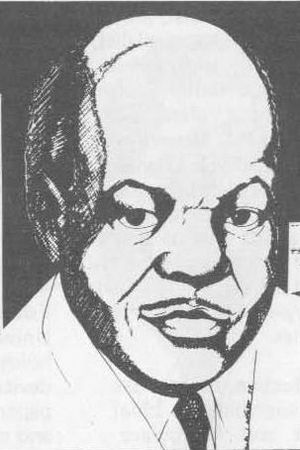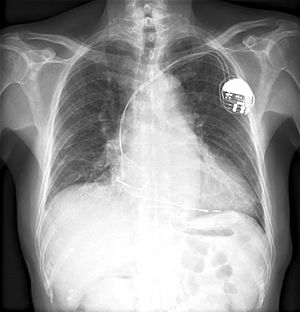Otis Boykin facts for kids
Otis Frank Boykin (born August 29, 1920 – died March 26, 1982) was a brilliant American inventor and engineer. He created many important devices. His inventions included special electrical parts called electrical resistors. These resistors were used in things like computers, systems that guide missiles, and even pacemakers that help hearts beat regularly.
Contents
Otis Boykin's Early Life and Education
Otis Boykin was born on August 29, 1920, in Dallas, Texas. His father, Walter B. Boykin, was a carpenter who later became a preacher. His mother, Sarah, worked as a maid. Sadly, she passed away from heart failure when Otis was only one year old. This sad event later inspired him to work on improving the pacemaker.
Otis went to Booker T. Washington High School in Dallas. He was a very smart student and graduated as the valedictorian in 1938. This means he was the top student in his graduating class.
After high school, he received a scholarship to attend Fisk University. While studying there, he also worked as a laboratory assistant at the university's aerospace lab. He left Fisk University in 1941.
Boykin's Career and Inventions
After leaving Fisk University, Boykin moved to Chicago. He first worked as a clerk at Electro Manufacturing Company. Later, he was hired as a lab assistant at Majestic Radio and Television Corporation. He quickly showed his skills and became a foreman at their factory. By 1944, he was working for P.J. Nilsen Research Labs.
From 1946 to 1947, Otis Boykin studied at the Illinois Institute of Technology. He left after two years. He later said he left for a job opportunity and didn't have time to finish his degree. He had important mentors, including Dr. Denton Deere and Dr. Hal F. Fruth. He worked with Dr. Fruth on experiments, like finding better ways to test automatic pilot systems in airplanes. They even opened their own electronics research lab together in the late 1940s.
In the 1950s, Boykin became the chief engineer at Monson Manufacturing Corporation. In the early 1960s, he worked as a senior project engineer at Chicago Telephone Supply Corporation, also known as CTS Labs. This is where he did much of his important work on pacemakers.
Otis Boykin's Amazing Inventions
Otis Boykin received patents for as many as 26 different devices. He is most famous for inventing several electronic control devices. These devices were used in guided missiles, IBM computers, and especially in the pacemaker.
One of his early inventions was an improved wire resistor. This resistor was designed to work better by reducing certain electrical effects. Another important invention was a special variable resistor used in guided missiles.
His most well-known invention was likely a control unit for the artificial cardiac pacemaker. This device helps people with heart problems. It sends small electrical signals to keep the heart beating at a steady and regular pace. He also invented a burglar-proof cash register.
See also



